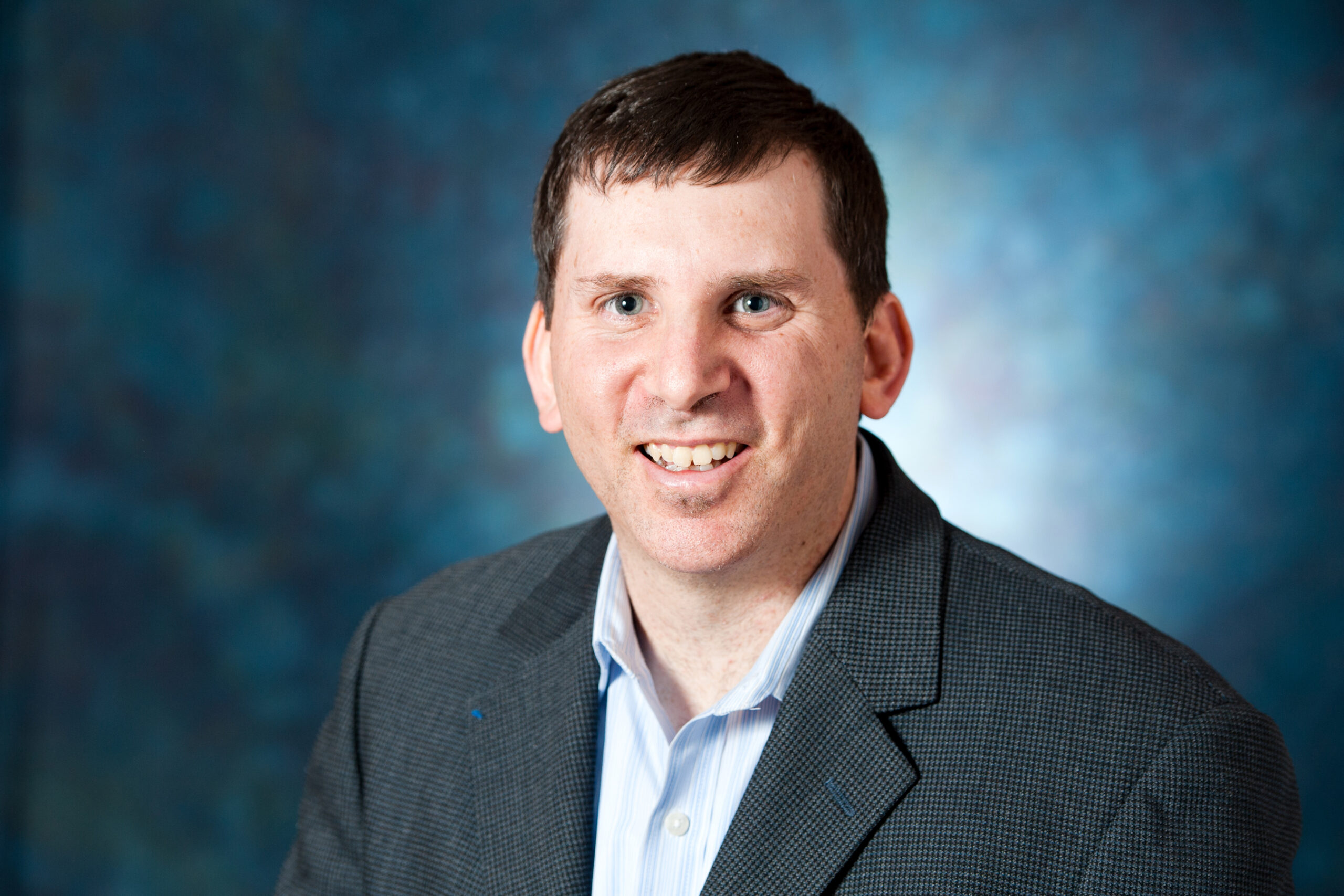Several years ago, Kadima Reconstructionist Community in Seattle had fewer than 30 member households. Today, the 37-year-old community with a focus on social justice boasts more than 200 adult members, including millennials and young families.
What accounts for this remarkable turnaround? A number of factors.
First, Kadima hired a dynamic rabbi, David Basior (RRC ’15). Second, the congregation jettisoned its traditional dues structure in favor of a radical dues model. The community asks individual adult members to pay just $36 to join for the year, dramatically lowering the financial barrier to entry. Membership does, however, come with the expectation to make a donation to the congregation.
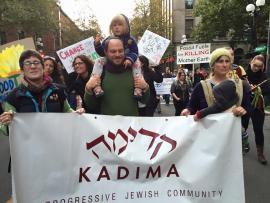
Kadima’s social activism takes to the streets
Then there is the congregation’s outreach to young, activist Jews, and its renewed engagement with issues like immigration and protecting undocumented immigrants, providing many with a positive outlet to live their activism through a Jewish lens.
None of this could have happened without the finances to support such efforts.
Kadima took advantage of a Reconstructing Judaism initiative known as the Aviv Revolving Loan Fund. Meaning “spring” in Hebrew, the fund—established in 2013 through the generosity of anonymous donors—empowers communities to pursue fresh initiatives. All communities affiliated with Reconstructing Judaism are eligible for an interest-free loan of up to $20,000. (Click here for details.)
Of course, an Aviv loan in itself is not enough to transform a congregation or finance a major new program. What it is designed to do is offer communities a cushion to take calculated risks in order to grow and have a greater impact.
The loan is one of the foremost examples of how Reconstructing Judaism is marshaling its resources to strengthen affiliated communities. It also provides a framework to view some of the ways that Reconstructionist communities are testing new ideas to remain relevant to existing members while expanding the Jewish tent.
Sima Kahn, immediate past president of Kadima, said “we took out the loan when we were hiring a rabbi for the first time in many years and were not secure about our ability to raise the money we needed. We jumped off the cliff, and we did it. Rabbi Basior has taken the job really seriously—and we’ve grown and grown.”
Simone Adler, 27, is among those inspired to join, drawn by the synagogue’s vibrant LGTBQ community, and its focus on social justice and commitment to spirituality. Adler, who serves on the board, is tasked with fundraising and tackling what is perhaps the most difficult question of all: Is the growth model financially sustainable?
“As we strategize on how to sustain our growth, in addition to fundraising through our values, a core component is engaging our membership in various roles that build upon our collective skills, interests, leadership and commitment because the Kadima community is really what drives everything we do forward,” Adler explained.
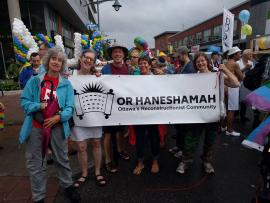
Or Haneshamah at Ottawa’s Pride march
So far, five congregations have applied for and received loans. While one recipient congregation had a change of plans and returned the borrowed funds shortly after receiving them, the other four have implemented important strategic initiatives. Or Haneshemah in Ottawa, Canada, was the first. Although the congregation had long been lay-led, members felt that hiring a rabbi was the only way to increase its productivity. While $20,000 is far from enough to hire a rabbi, having the funds in hand reassured donors to contribute what was needed.
The congregation has seen dramatic change since Rabbi Elizabeth Bolton joined the community. The number of member households has gone from 76 to 110, with special High Holiday memberships climbing from 109 to 155. Or Haneshemah has also introduced Saturday-morning “Shabbat Camp” in an effort to bring the Camp Havaya experience to the Canadian locale on a weekly basis.
All told, Or Haneshemah now holds more than 100 events a year—up from the 30 it had before Bolton came aboard.
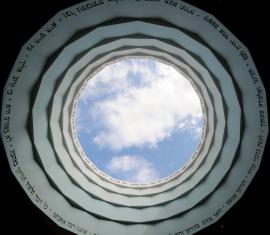
Oseh Shalom’s dome, inscribing its values overhead
In 2017, Oseh Shalom in Rockville, Md., received a loan to engage its current members and entice new ones. The loan supports a part-time project coordinator for the Oseh Shalom Experience—a series of events geared towards existing members as well as other groups, such as interfaith families with young children. Events include a revamped Back to Shul Night; Simchat Torah Experience, Havdalah Experience, Scholar-in-Residence Shabbat Experience; Hanukkah Shabbat Experience, Shabbat Learning Experience and Purim Experience.
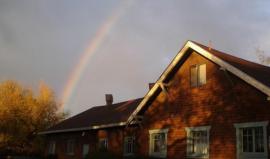
Ner Shalom’s historic building
In Cotati, Calif., Congregation Ner Shalom is utilizing the loan, along with a grant from the local Jewish federation, to offset costs associated with needed upgrades to its building, which is more than 100 years old. (For a time in the 1970s, the building served as a performance venue, even hosting singer, songwriter and guitarist Jerry Garcia of “Grateful Dead” fame.) A large segment of the membership is elderly, low-income and living with disabilities, so having a more up-to-date physical structure is essential to maintaining the existing community and attracting new faces.
“Receiving the Aviv Loan made a huge difference in helping turn around our building and congregation,” said Suzanne Shanbaum, president of Ner Shalom. “It helped us get our confidence together.”
To learn more about the Aviv Loan Program at Reconstructing Judaism, contact program administrator Rabbi Maurice Harris at: MHarris@ReconstructingJudaism.org, or 215-576-0800, ext. 118.

